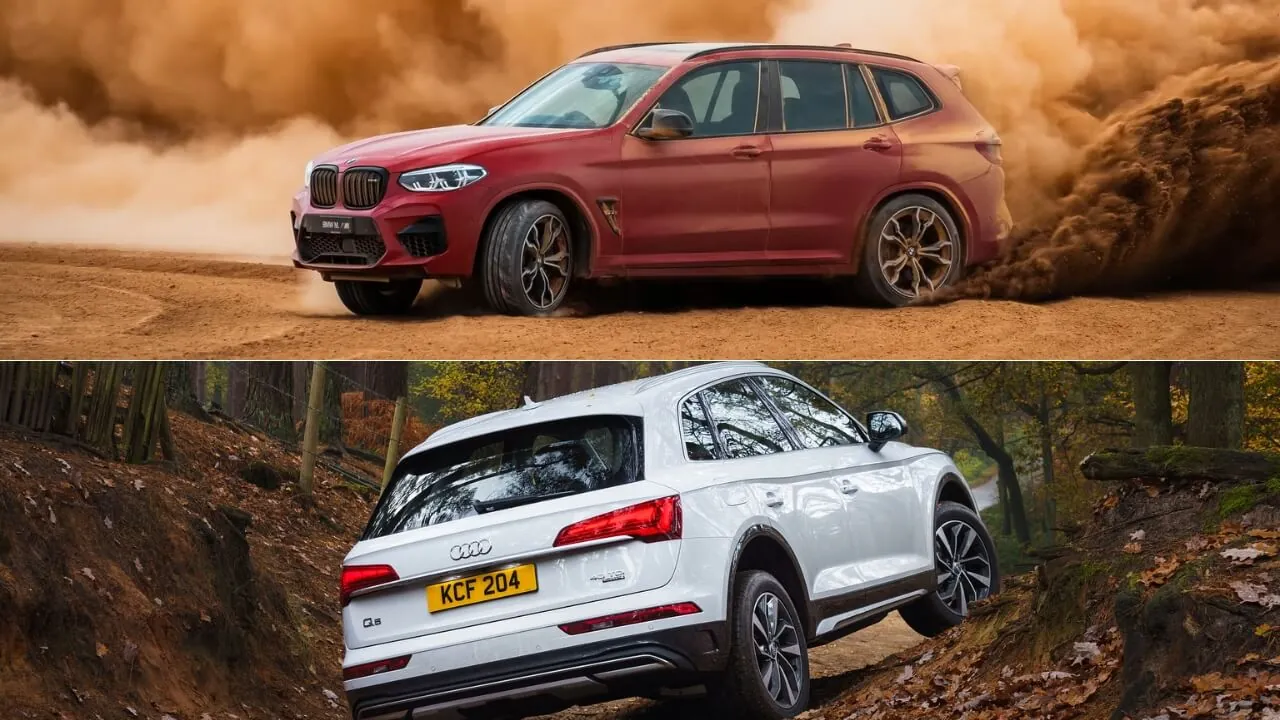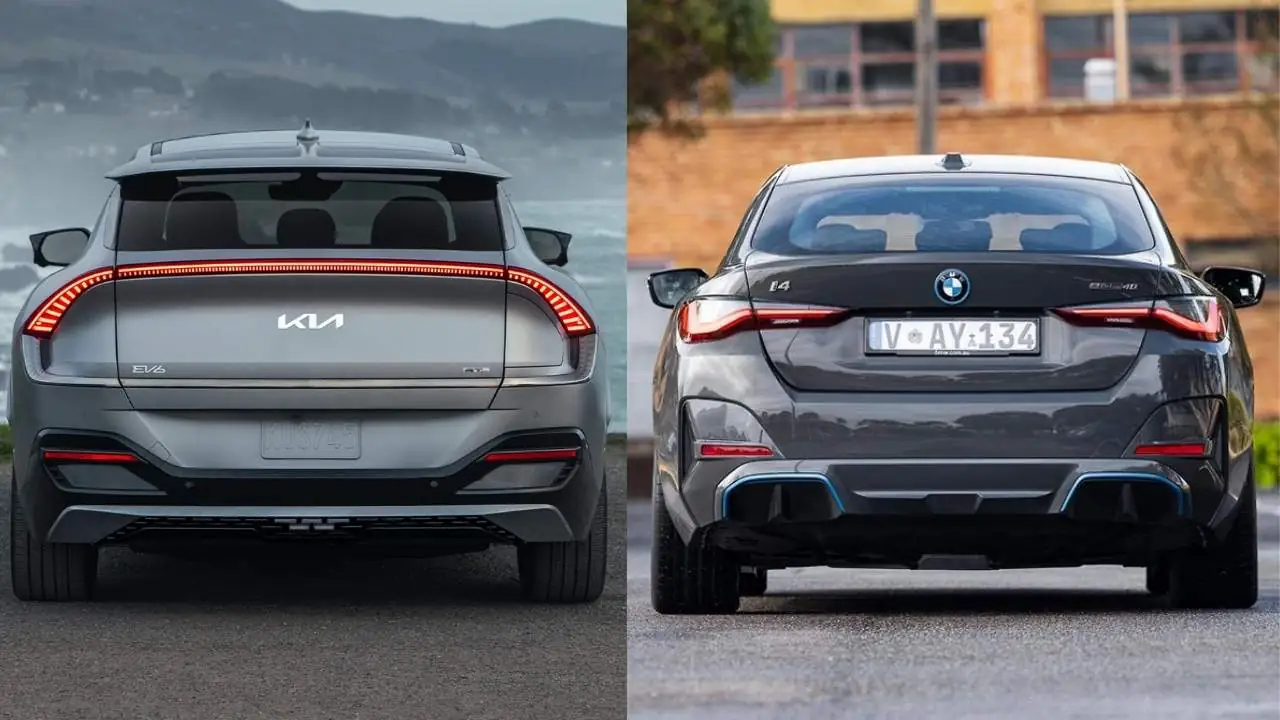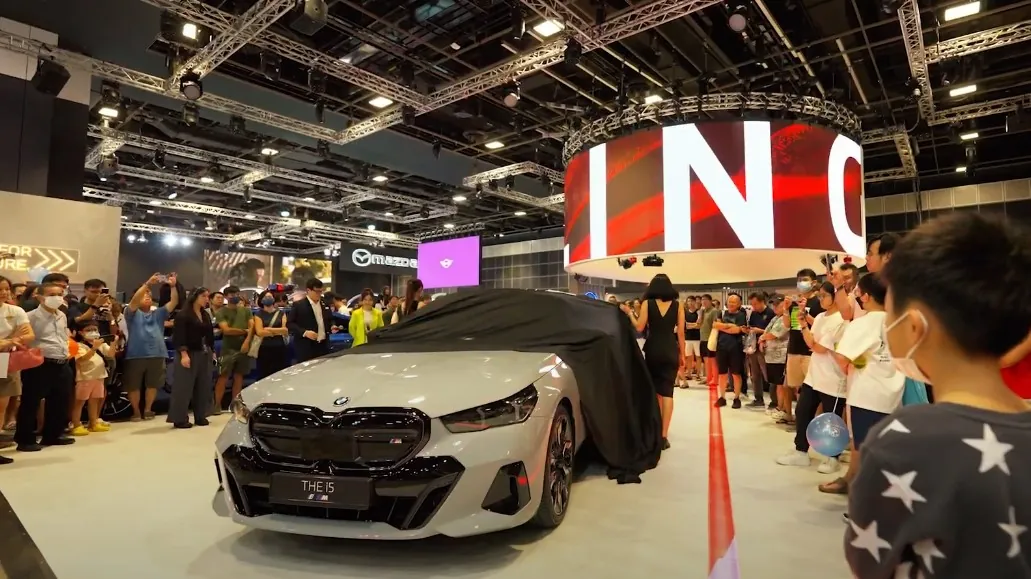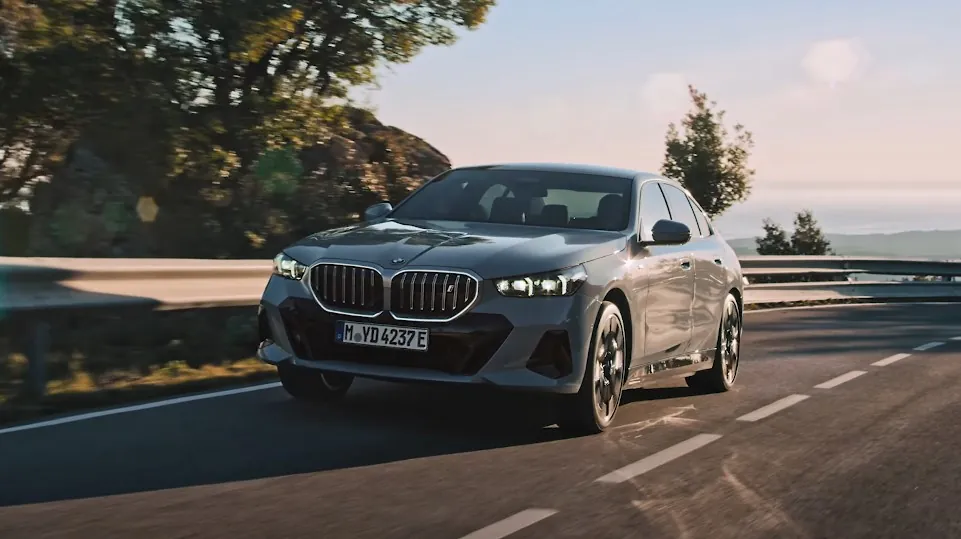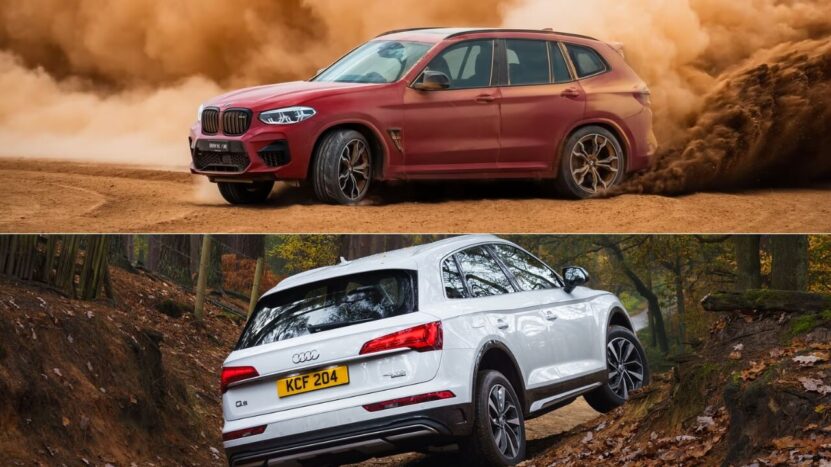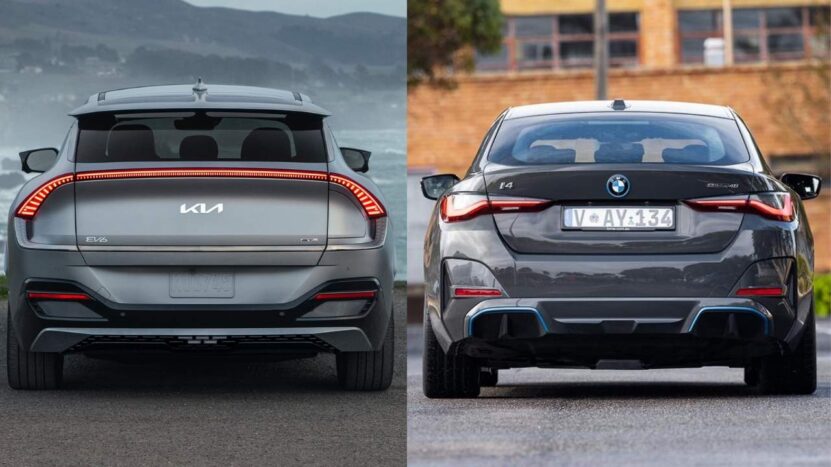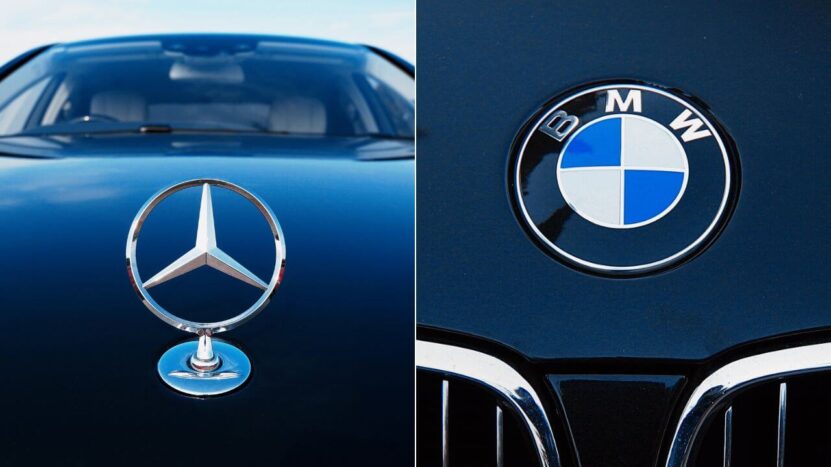
Share Post:
The luxury car market has long been dominated by two titans: Mercedes-Benz and BMW.
These brands not only set the standard for performance and prestige but also prioritize safety.
In today’s market, safety is no longer a secondary concern, it’s a critical factor when selecting a luxury vehicle.
Table of Contents
ToggleComparative Analysis of Safety Ratings
Based on a comprehensive analysis of their safety features, crash test results, and driver assistance technologies, Mercedes-Benz appears to have the edge.
With a focus on comfort, integrated safety, and preemptive crash protection systems, Mercedes offers a more holistic approach to driver and passenger safety.
On the other hand, BMW prioritizes performance, blending precision driving with advanced safety features, though it often falls short of the comprehensive systems Mercedes provides.
Safety Innovations and Crash Test Ratings
Both Mercedes-Benz and BMW maintain a stellar reputation for safety, consistently achieving high scores in rigorous evaluations like Euro NCAP and IIHS crash tests.
Models such as the BMW 3 Series and Mercedes C-Class frequently earn top safety ratings, reflecting their robust crash protection capabilities.
However, in more specific safety areas, such as pedestrian protection and side-impact resilience, the Mercedes-Benz GLE often surpasses its competitor, the BMW X5.
Mercedes-Benz

The distinction highlights Mercedes’ commitment to comprehensive safety measures that go beyond standard industry requirements.
Mercedes-Benz GLE excels in:
- Pedestrian safety systems.
- Enhanced side-impact protection.
In terms of driver assistance systems, Mercedes-Benz takes a holistic approach, integrating technologies that focus on both prevention and comfort.
The brand equips its vehicles with Lane-Keeping Assist and Adaptive High Beam Assist, which not only improve visibility but also aid in lane control.
Mercedes-Benz ADAS features include:
- Extensive Advanced Driver Assistance Systems designed to reduce driver error.
- Signature Pre-Safe technology that prepares the car and its occupants for an imminent collision by:
- Tightening seat belts.
- Adjusting headrests.
- Closing windows.
These systems are seamlessly combined with luxury features, ensuring passengers experience a safe and comfortable ride.
BMW

On the other hand, BMW focuses on enhancing the driving experience while maintaining high safety standards.
BMW vehicles are equipped with precision-engineered technologies such as Dynamic Stability Control and Active Cruise Control to maintain control at higher speeds
BMW’s safety features include:
- Lane Departure Warning and Blind Spot Monitoring to prevent lane drifts and side collisions.
- iDrive and Gesture Control systems that allow for hands-free access to essential functions, minimizing distractions.
Despite all the safety features in your car, getting legal assistance after an accident is a must. If case you need it, places are Mitch Grissim & Associates is the place to be.
Background on Mercedes-Benz and BMW
Mercedes-Benz has a rich legacy of pioneering automotive innovation, particularly in the realm of safety
The brand was among the first to introduce features like anti-lock braking systems (ABS) and airbags, which have since become industry standards.
Key Mercedes-Benz safety innovations:
- First to implement ABS and airbags.
- Continuous investment in advanced research to enhance passenger protection.
- Focus on developing technologies that prevent accidents and safeguard occupants.
This unwavering dedication to safety has solidified Mercedes’ reputation as a leader in the luxury car market. By staying ahead of the curve, the brand remains synonymous with both safety and luxury.
Conversely, BMW has traditionally centered its philosophy around performance and driving dynamics. Known for delivering an exhilarating driving experience, BMW has gradually integrated advanced safety features into its vehicles without compromising on its performance-driven ethos.
BMW’s approach to safety and performance:
- Incorporation of the iDrive system for safer vehicle control.
- Advanced driver assistance features that blend safety with driving pleasure.
- Continuous efforts to protect drivers and passengers while maintaining their sporty edge.
While initially focused on performance, BMW has increasingly demonstrated a commitment to cutting-edge safety measures.
Reliability and Durability
When considering luxury vehicles, reliability and durability are critical factors that can influence the overall cost of ownership and the driving experience.
Both BMW and Mercedes-Benz have established themselves as leaders in producing vehicles that not only perform exceptionally well but also stand the test of time.
However, each brand approaches reliability with its unique strengths.
BMW
Over the years, BMW has made significant progress in enhancing the reliability of its vehicles, particularly in response to feedback from customers and industry reviews. Notable models like the X3 and 2-Series have received high praise for their dependability, showcasing the brand’s commitment to consistent improvement.
- Focus on handling and driving pleasure, providing a sporty and engaging experience that doesn’t compromise on reliability.
- Continuous advancements in build quality and safety technologies to meet evolving market expectations.
- Robust engineering designed to withstand the demands of performance driving, ensuring that even high-performance models remain durable over time.
- Emphasis on precision engineering, which allows BMW vehicles to perform well under stress while maintaining structural integrity.
Mercedes-Benz
Mercedes-Benz is renowned for its focus on long-term reliability and solid construction.
The brand's vehicles are designed with an emphasis on durability, allowing many models to exceed the 100,000-mile mark with regular maintenance and care.
A long-standing reputation has made Mercedes a favorite among those who prioritize vehicles that are not only luxurious but also built to last.
- Integration of advanced safety systems like Pre-Safe technology, which not only enhances passenger protection but also contributes to the vehicle’s longevity by reducing the impact of accidents.
- Extensive use of high-quality materials, ensuring that interior and exterior components age gracefully, even with prolonged use.
- A focus on combining durable construction with luxurious comfort, creating vehicles that are not only reliable but also exceptionally comfortable for long-distance driving.
- Strong reputation among buyers who value a blend of safety, comfort, and durability, making Mercedes-Benz a top choice for those seeking a long-term investment.
Cost of Ownership
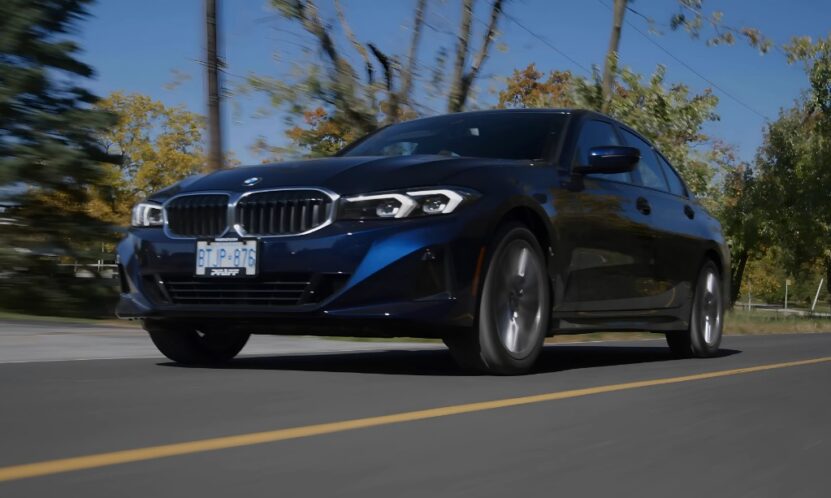
When it comes to ongoing maintenance, BMW generally offers competitive repair costs.
Certain specialized repairs, such as clutch replacements and electronic component repairs, can be quite expensive.
BMW Maintenance Highlights:
- Competitive routine maintenance costs.
- Higher expenses for specialized repairs, particularly for performance parts.
In contrast, Mercedes-Benz tends to have slightly higher routine maintenance expenses.
However, the brand compensates for this with more comprehensive warranty coverage, particularly for electric vehicle (EV) batteries.
Mercedes-Benz Maintenance Highlights:
- Higher routine maintenance costs are offset by better warranties.
- Superior coverage for EV components, reducing potential future expenses.
Resale Value
Both BMW and Mercedes-Benz maintain strong resale values, making them reliable investments in the luxury car segment.
- Often has a slight edge due to a reputation for long-term reliability.
- Particularly strong resale value for models known for durability.
- Performance-oriented models like the M Series tend to command higher resale prices, especially among enthusiasts.
- Retains strong value in the market due to its sporty appeal and driving dynamics.
Summary
Both Mercedes-Benz and BMW offer exceptional safety features, though they prioritize different aspects.
Mercedes leads in terms of comprehensive safety and comfort, while BMW balances safety with its signature sporty performance.
Ultimately, choosing between the two brands depends on personal preferences, Mercedes for those who prioritize safety and comfort, and BMW for those who seek performance with robust safety features.
Related Posts:




